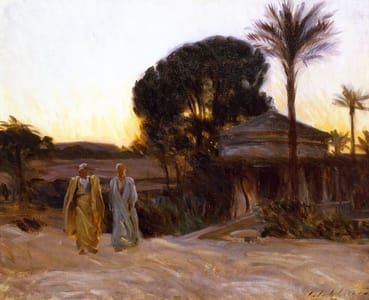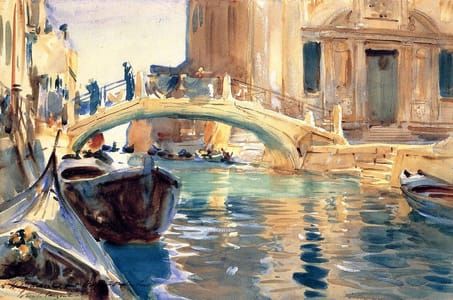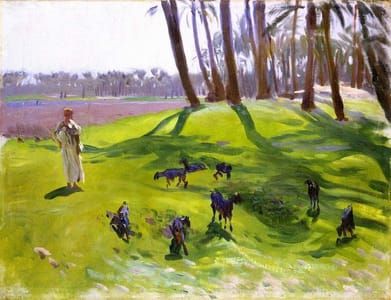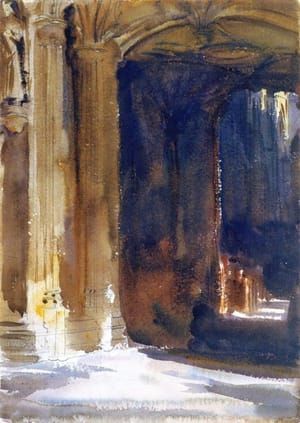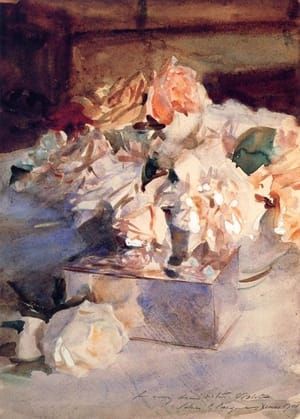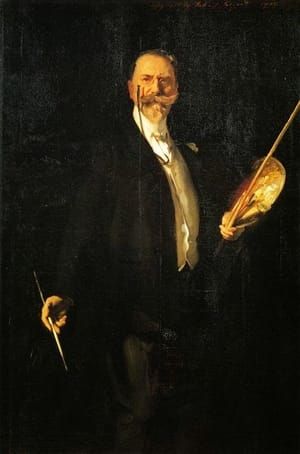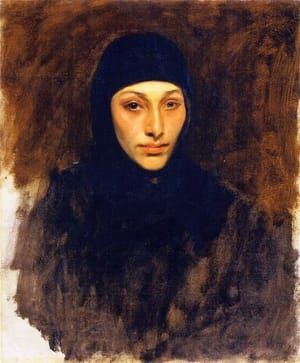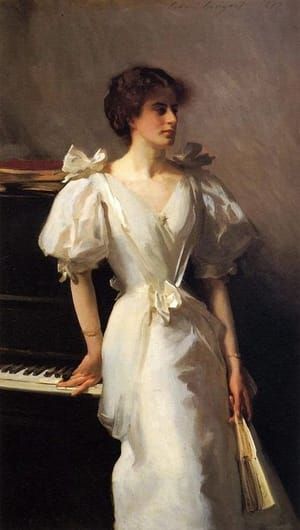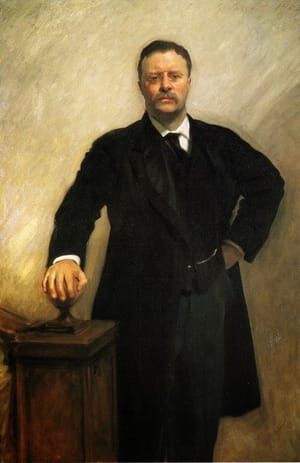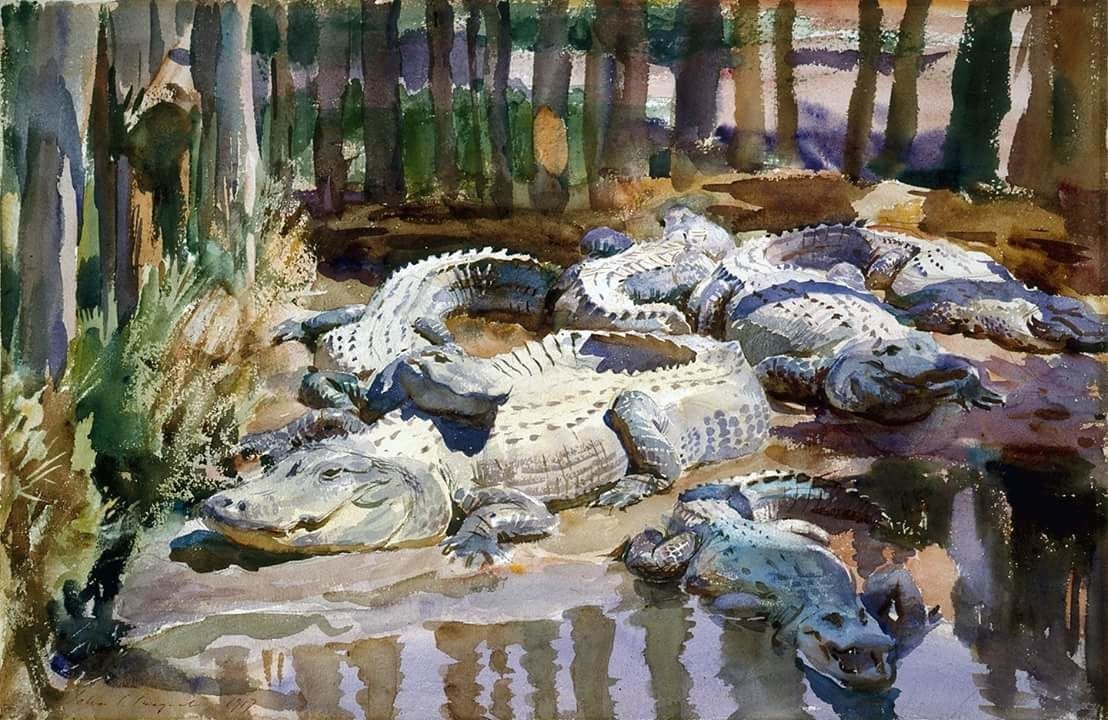

Muddy Alligators, 1917
John Singer Sargent
Sargent was the foremost portraitist in London and the United States at the turn of the century, but by 1910 he undertook portraiture only rarely. During the preceding decade watercolor had become an important aspect of his production, and he frequently looked to this medium as a means for personal expression, a respite from the constraints of mural commissions and portrait painting. Muddy Alligators seems to have been such a diversion, painted to offset the frustration of a work in progress: a portrait of John D. Rockefeller at his patron's winter home in Ormond Beach, Florida.
A seemingly unlikely subject for a fashionable painter, alligators caked with mud nevertheless presented a pictorial challenge that recurs in Sargent's oeuvre: the depiction of light and shadow on sun-drenched forms. This writhing, menacing mass of serpentine creatures evoked intriguing possibilities of surface and texture, to which he brought to bear the resources of his bravura technique. A number of preparatory sketches exist for Muddy Alligators: four graphite drawings, all of which the Worcester Art Museum owns, and two watercolors (in the Metropolitan Museum of Art, New York; and the Ormond Family Collection). This finished watercolor reveals a diversity of means: scratching into the paper to denote teeth, applying wax resist to suggest rough textures, and laying on broad brushstrokes to delineate tree trunks.
(http://www.worcesterart.org/collection/American/1917.86.html)
If you look closely at the detail of Sargent’s Muddy Alligators, you will see that the alligator on the bottom right has two tiny dots of white that seem to be the glints from two teeth. I may be wrong but those two infinitesimal dots of white seem to be the only bits of opaque paint on Sargent’s Muddy Alligators, and I am glad that he painted these two dots opaquely. Although tiny in size, these two tiny spots see to anchor and bring focus to what is happening in the rest of the painting. They draw the viewer’s eye to the very bottom of the image, but Sargent’s true strength lies in his use of exposed paper and his transparent glazes of color. The tiny slashes of white on the teeth are examples of Sargent’s bravura, which is fully realized in some of his best oil paintings, which were not on ehibition in the American Watercolor Show.
(http://www.jackikellum.com/john-singer-sargents-luminous-watercolors-and-winslow-homers-painted-stories-a-discussion-of-the-exhibition-american-watercolor-at-the-philadelphia-museum-of-art/)
Uploaded on Oct 24, 2017 by Suzan Hamer
John Singer Sargent
artistArthur
coming soon

